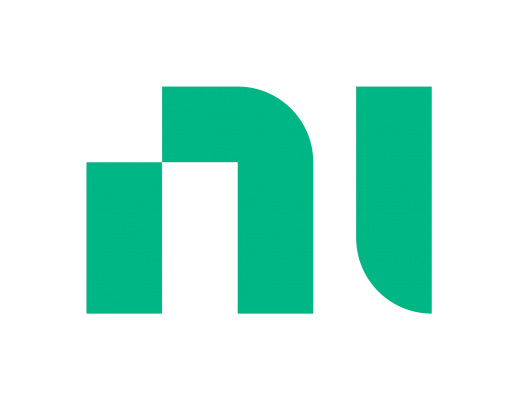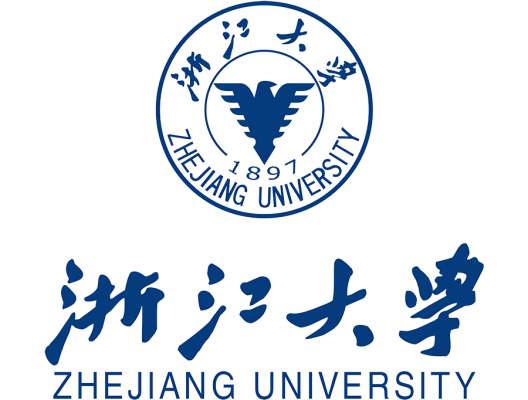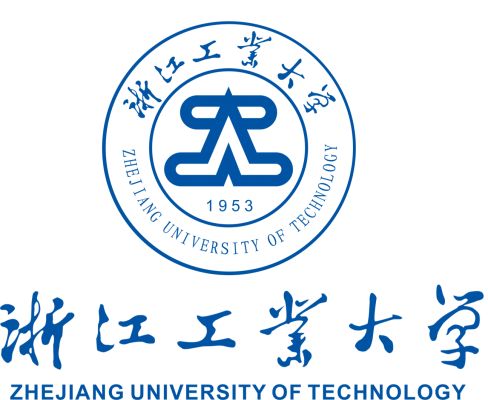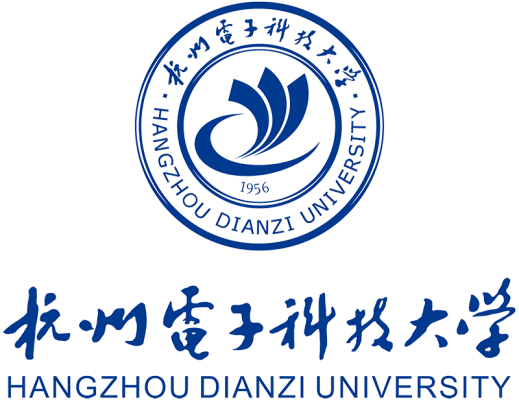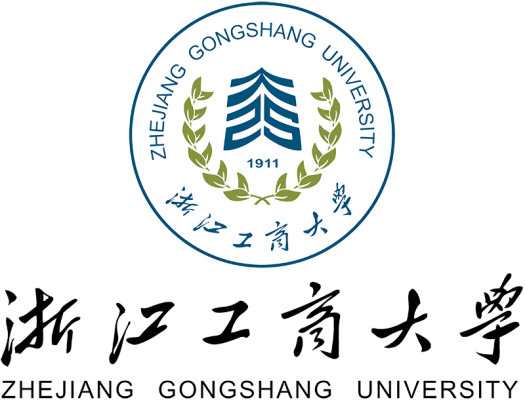IEEE ICCC 2024 Workshop on
Integrated Sensing, Computation and Communication towards 6G
Hangzhou, China|7-9 August 2024
Steering Committee Members
Bo Ai, Beijing Jiaotong University, China , boai@bjtu.edu.cn
Gang Wu, University of Electronic Science and Technology of China, China , wugang99@uestc.edu.cn
Zhiyong Feng, Beijing University of Posts and Telecommunications, China , fengzy@bupt.edu.cn
Zhaoyang Zhang, Zhejiang University, China, ning_ming@zju.edu.cn
Workshop Co-Chairs
Fan Liu, Southern University of Science and Technology, China , liuf6@sustech.edu.cn
Qixun Zhang, Beijing University of Posts and Telecommunications, China, zhangqixun@bupt.edu.cn
Chongwen Huang, Zhejiang University, China, chongwenhuang@zju.edu.cn
Aimin Tang, Shanghai Jiaotong University, China, tangaiming@sjtu.edu.cn
Jie Yang, Southeast University, China, yangjie@seu.edu.cn
Yuanhao Cui, Southern University of Science and Technology, China, cuiyh@sustech.edu.cn
SCOPE AND MOTIVATION
6G networks have been envisioned as key enablers for numerous emerging applications, including smart cities and homes, intelligently connected vehicles, smart manufacturing, and industrial Internet-of-Things (IoT). These applications require both extreme wireless connectivity as well as highly accurate and reliable sensing capability. Indeed, among many 6G visions, a common theme is that sensing will play a more significant role than ever before. By equipping wireless systems with the sensing functionality, 6G networks will go beyond classical communication and provide ubiquitous sensing services to measure, or to image, surrounding environments. This sensing functionality and the corresponding ability of the network to collect sensory data from the environment are seen as the foundation for building intelligence in the future smart world. Toward that end, there is a strong need to jointly design sensing, computation and communication operations in 6G networks, which motivates the recent research of Integrated Sensing and Communications (ISCC).
In essence, ISCC can acquire two main advantages over dedicated sensing and communication functionalities: 1) Integration gain to efficiently utilize congested resources, and even more interestingly, 2) Coordination gain to balance multi-functional performance or/and perform mutual assistance. That is, via the shared use of sensing, communication, and computing resources, ISCC can be realized through a synergistic design to pursue the integration gain, e.g., cohabitation strategies with interference management. Moreover, it can also be implemented from a co-design perspective, wherein the computing, communications and sensing functionalities are simultaneously performed to optimize the performance to acquire the coordination gain. Benefiting from these two advantages, applications of ISCC have been extended to numerous emerging areas, including vehicular networks, environmental monitoring, Internet of Things, as well as in-door services such as human activity and gesture recognition.
TOPICS OF INTEREST
Despite having drawn huge attention from both academia and industry, many open problems are still to be investigated. This workshop aims at bringing together researchers from academia and industry to identify and discuss the major technical challenges, recent breakthroughs, and novel applications related to ISCC. Topics of interest include but are not limited to:
- Fundamental information theoretical limits for ISCC
- Edge computing/computing offloading for ISCC
- Network architectures/transmission protocols/frame designs for ISCC
- Spectrum analysis and management of ISCC
- Full duplex/interference management techniques of ISCC
- Modulation/waveform/precoding/receiver design for ISCC
- Security and privacy issues for ISCC
- Machine learning methods in ISCC
- MIMO/Massive MIMO/intelligent reflecting surface (IRS)/Holographic MIMO surface for ISCC
- Millimeter wave/THz technologies for ISCC
- UAV enabled ISAC
- ISAC for IoT/IIoT/IoE
- ISCC for 6G vehicular-to-everything (V2X) network
- Standardization progress of ISCC
- Wi-Fi sensing/positioning/detection for ISCC
- Experimental demonstrations, testbeds and prototypes
IMPORTANT DATES
Deadline for paper submission: 1 June 2024
Date for notification: 15 June 2024
Deadline for final paper submission: 1 July 2024
SUBMISSION INSTRUCTIONS
All papers for workshop should be submitted via EDAS through the following link: https://edas.info/newPaper.php?c=32115




